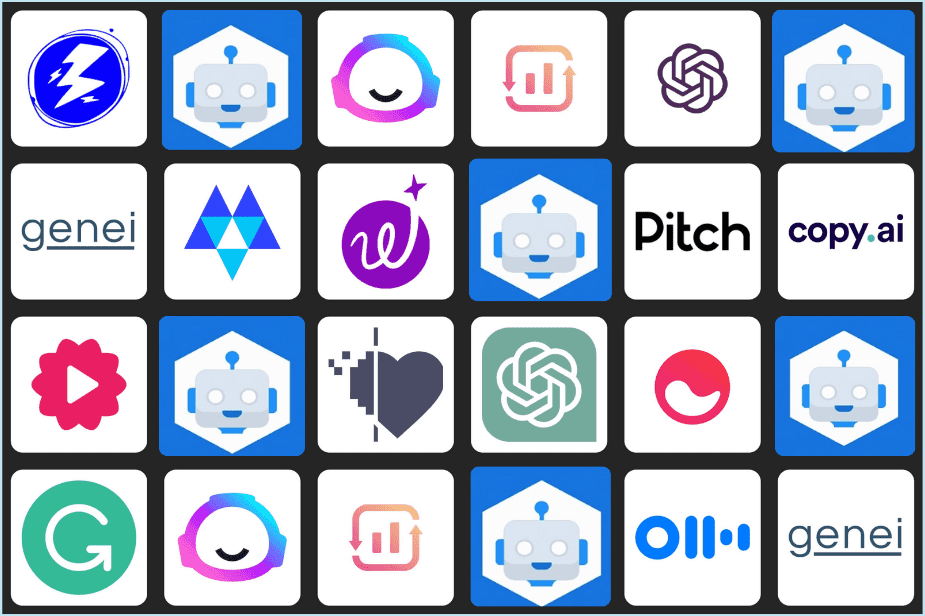Apple has long been known for its secretive approach to technology development, especially in artificial intelligence (AI). However, in a surprising move, the tech giant has released a detailed technical report that sheds light on how it trains its AI models. This development marks a significant shift in Apple’s strategy—offering researchers and enthusiasts a rare look into its machine learning and AI infrastructure.
In this article, we explore the highlights of Apple’s technical report, how the company trains its AI models, its unique approach to user privacy, and what this means for the future of AI.
For more updates like this, visit Informational Blogs – your source for the latest tech insights.
Apple’s AI Strategy: A Shift Toward Transparency
Breaking Tradition
Apple’s newly published technical report breaks its long-standing tradition of secrecy. While other companies like Google and OpenAI regularly publish papers, Apple typically stays silent. The release of this report shows that Apple is ready to join the open research community—at least to a certain extent.
Purpose of the Report
According to NDTV Profit, the goal of the report is to offer insights into Apple’s “large-scale training infrastructure” for AI models. This includes how Apple trains models like Ferret-UI—a multi-modal model trained to understand both text and image inputs.
Inside Apple’s AI Model Training Process
1. Large Language Models (LLMs)
Apple has been quietly developing large language models (LLMs), similar to OpenAI’s ChatGPT and Google’s Gemini. The report shows that Apple is not only catching up but also working on integrating these models deeply into its ecosystem, such as Siri and on-device applications.
Apple uses a custom training system optimized for efficiency, allowing it to process massive datasets while minimizing energy consumption.
2. Ferret-UI: Multimodal Intelligence
Ferret-UI is one of the most talked-about projects in the report. It’s a multi-modal AI model, meaning it can understand and process both text and images simultaneously. This allows the model to perform tasks like image captioning, visual question answering, and UI navigation.
Ferret-UI is trained using low-rank adaptation techniques, which optimize model performance while using fewer computational resources—a technique that may influence how future AI models are built.
3. Focus on Privacy and Efficiency
Unlike other companies that rely heavily on cloud-based processing, Apple emphasizes on-device AI. This aligns with its broader philosophy of user privacy and energy efficiency.
Apple’s training models are designed with privacy-first principles. That means even during AI training, user data is protected using differential privacy and other encryption techniques.
Why This Matters: Apple’s Competitive Edge in AI
Emphasis on Integration, Not Just Innovation
Rather than building standalone AI tools, Apple focuses on integrating AI into existing products and services like iOS, Safari, and Siri. This approach allows Apple to offer seamless, intuitive experiences for users while maintaining control over privacy and performance.
Privacy-First Architecture
In an age where data privacy is a major concern, Apple’s commitment to on-device AI could set it apart from competitors like Meta and Google, who often rely on cloud-based processing.
Efficient Training = Sustainability
AI models consume massive amounts of energy. Apple’s approach—using low-rank adaptation and efficient hardware—can make its models more sustainable. This could become a major advantage in the future as environmental regulations tighten.
How This Affects Developers and Users
For Developers
This report opens up opportunities for AI developers who want to build apps within Apple’s ecosystem. With clearer documentation and transparency, developers can now understand how Apple’s AI models work and how to leverage them.
Also, those working in iOS app development can benefit from Ferret-UI and Apple’s Core ML updates. Learn more about how AI affects app development in our related guide:
For General Users
For everyday users, Apple’s focus on private, efficient AI means a better user experience. Siri may finally get smarter, and features like smart photo sorting, personal recommendations, and accessibility tools will significantly improve.
Comparison With Other AI Giants
| Feature | Apple | Google (Gemini) | OpenAI (ChatGPT) |
|---|---|---|---|
| Privacy | On-device AI, encryption | Cloud-based, some privacy | Cloud-based, moderate |
| AI Model | Ferret-UI, LLMs | Gemini 1.5 series | GPT-4, GPT-4o |
| Energy Efficiency | Low-rank adaptation | Standard LLM processing | High energy consumption |
| Developer Tools | Core ML, Create ML | Vertex AI, Gemini API | OpenAI API |
| Public Research Output | Limited but increasing | Regular publications | Frequent research papers |
What’s Next for Apple AI?
Apple’s technical report is just the beginning. Experts believe that we will soon see these innovations rolled out in upcoming software updates like iOS 18 and macOS Sequoia. There is also speculation that Apple might introduce its own AI chatbot or integrate advanced AI features into its productivity apps.
Stay tuned with Informational Blogs’ Technology Section for real-time updates on Apple’s AI developments.
Conclusion
Apple’s latest technical report gives us a rare peek into the future of AI at the company. With models like Ferret-UI, a focus on multimodal inputs, privacy, and energy efficiency, Apple is poised to redefine how AI is integrated into consumer devices. Whether you’re a developer, user, or tech enthusiast, this shift represents a promising new direction for AI.
As always, Apple may be quiet—but when it speaks, the world listens.



